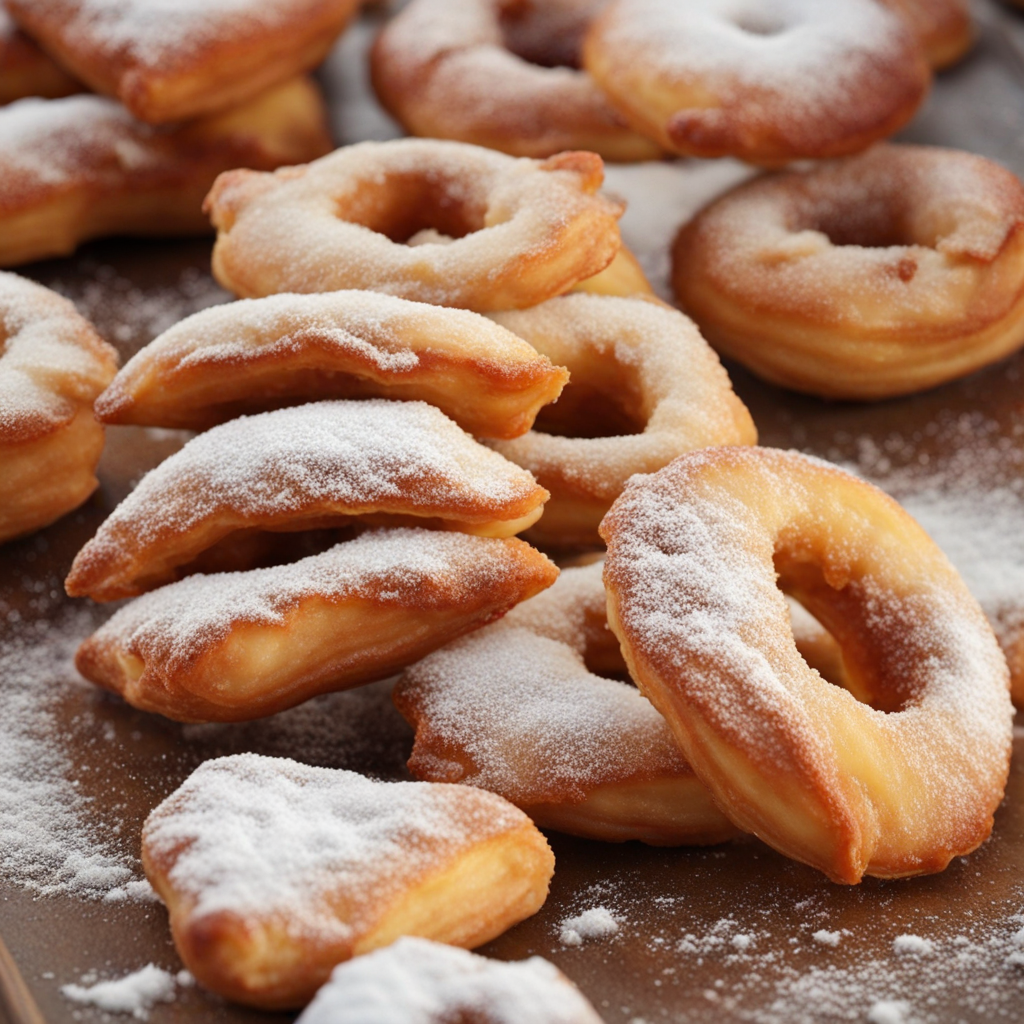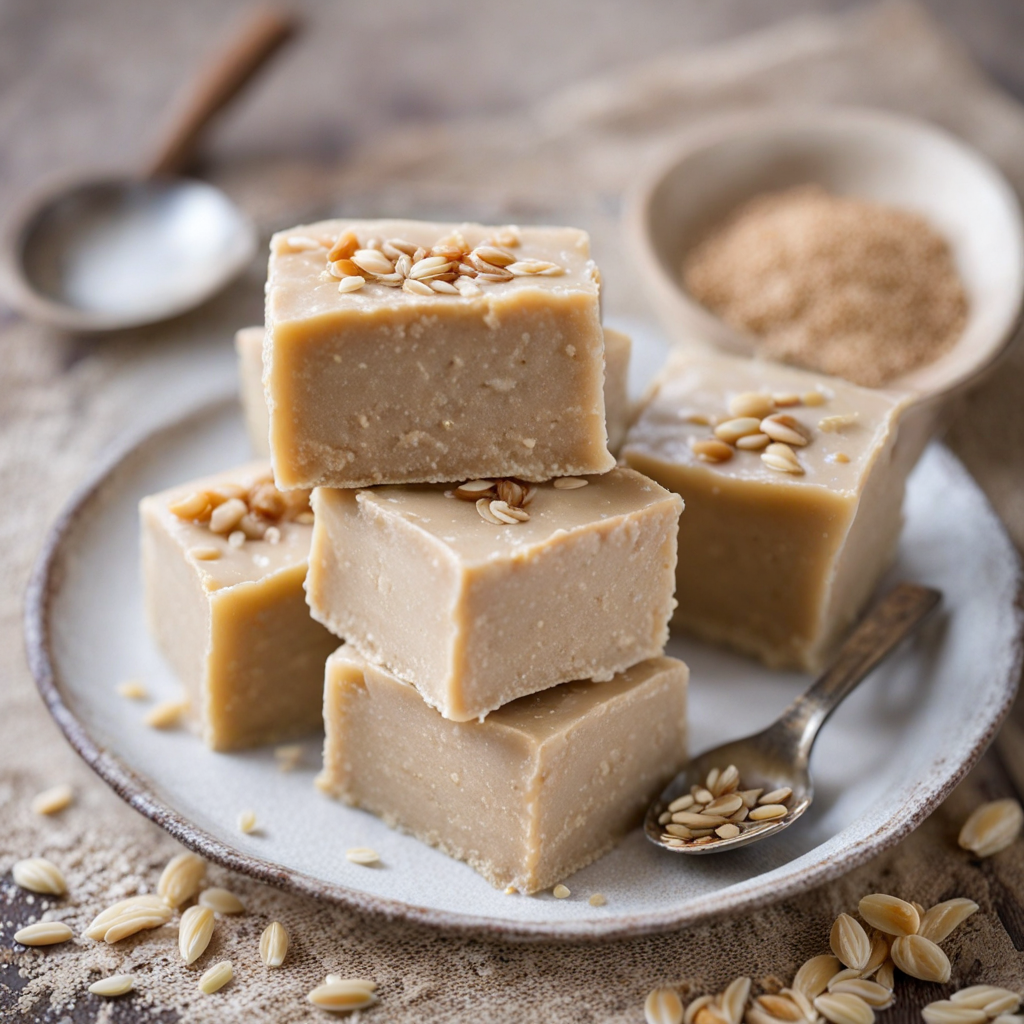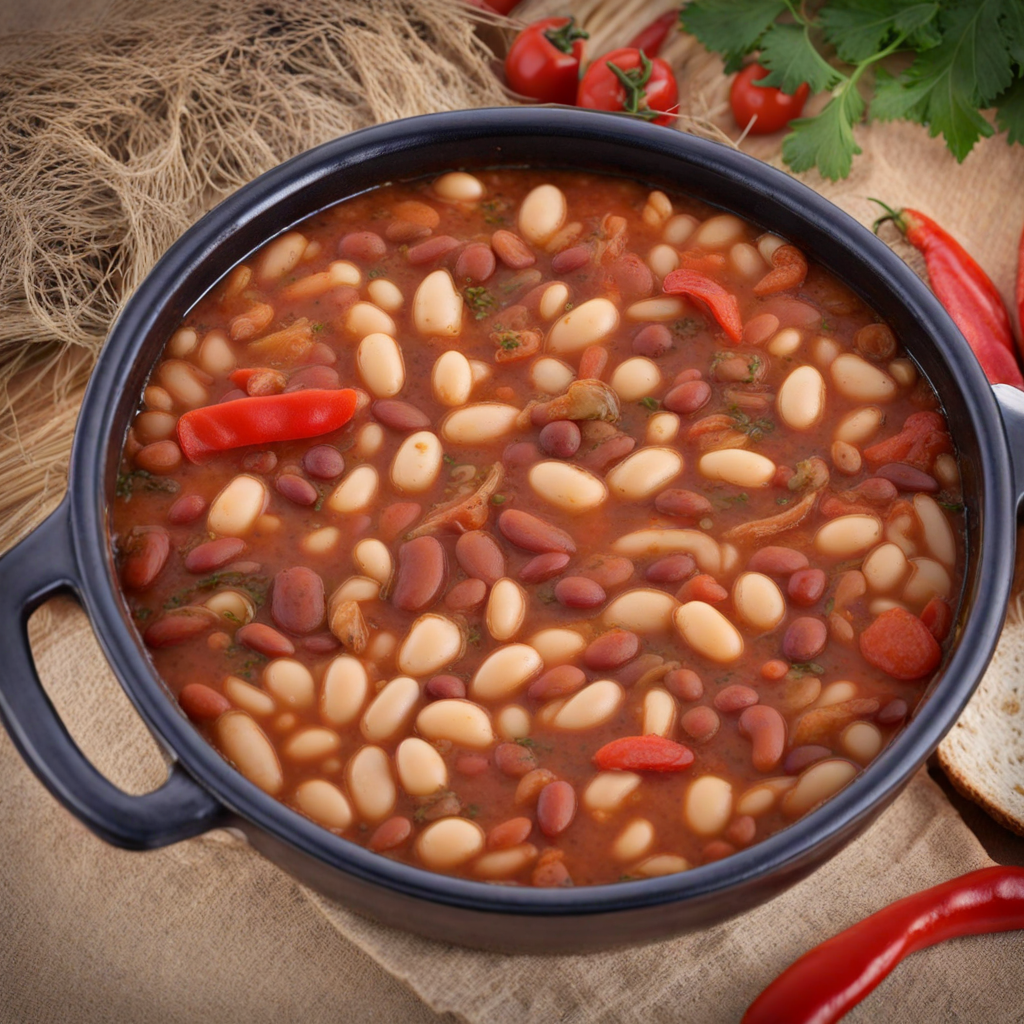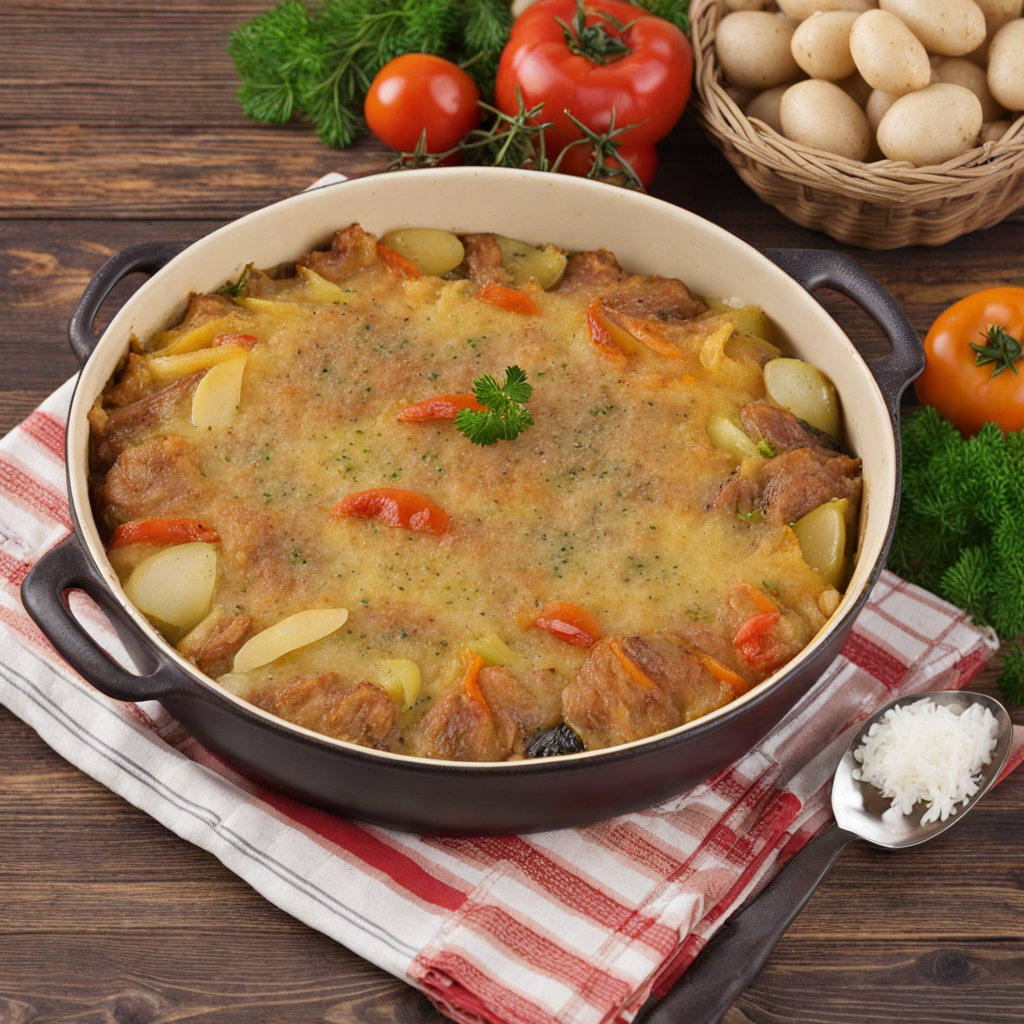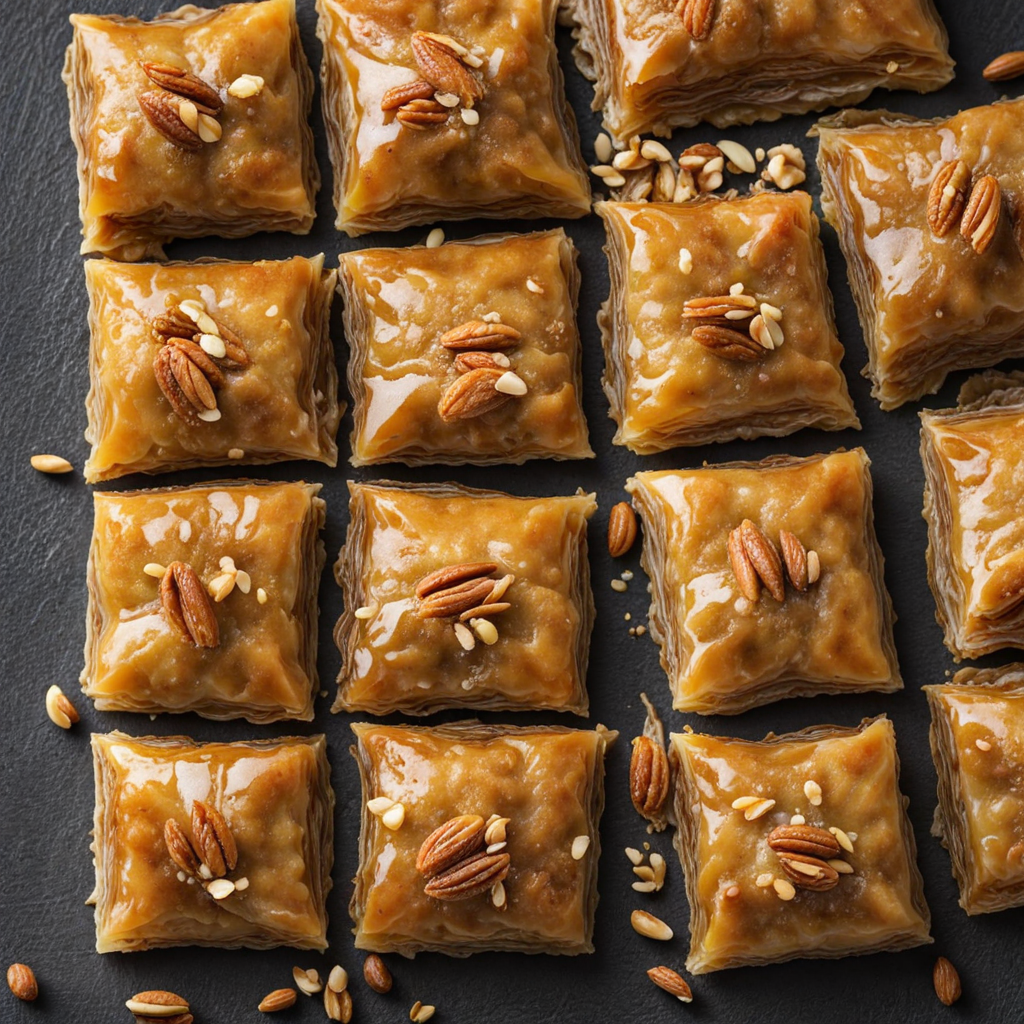Mekici
Mekici is a delightful traditional pastry from North Macedonia that offers a unique blend of flavors and textures. This deep-fried treat is made from a simple dough of flour, water, and salt, which is rolled out and shaped into round discs before being submerged in hot oil. The result is a golden-brown exterior that is crispy and slightly crunchy, giving way to a soft, airy interior. The contrast between the outer crispiness and the fluffy inside is what makes Mekici a beloved choice for both locals and visitors alike. Typically enjoyed as a breakfast dish or a snack, Mekici can be served in various ways to enhance its flavor. While they are often enjoyed plain, they are also commonly paired with a generous dollop of yogurt, honey, or jam, allowing for a delightful mix of sweet and savory sensations. The versatility of Mekici means you can customize your experience; some even sprinkle powdered sugar on top for an added touch of sweetness. Each bite is a comforting reminder of home-cooked goodness. Beyond their taste and texture, Mekici also holds cultural significance in North Macedonia, often served during special occasions or family gatherings. They embody a sense of warmth and togetherness, making them more than just food but a symbol of hospitality. Whether you enjoy them at a local eatery or try your hand at making them at home, indulging in Mekici is a flavorful journey into the heart of Macedonian culinary tradition.
How It Became This Dish
The History of Мекици: A Culinary Journey through North Macedonia Origins and Early Beginnings The story of Мекици, a beloved traditional food from North Macedonia, is deeply intertwined with the region's rich history and diverse cultural influences. Мекици, often referred to as "Mekitsi" in Bulgarian or "Mekici" in Serbian, are deep-fried dough pastries that are light, airy, and slightly crispy on the outside. Their origins can be traced back to the age-old practices of bread-making and frying that span across the Balkans and Eastern Europe. The roots of Мекици can be linked to the Ottoman Empire, which ruled over the Balkan Peninsula for several centuries. During this time, culinary traditions from different cultures began to intermingle, leading to the development of various fried dough recipes. The use of simple ingredients like flour, water, yeast, and sometimes yogurt reflects the peasant origins of this dish, where families would use whatever resources they had on hand to create nourishing foods. Cultural Significance In North Macedonia, Мекици is more than just a food item; it is a symbol of family, community, and tradition. Often prepared during festive occasions and family gatherings, these pastries have become a staple of Macedonian hospitality. The act of making Мекици is often a communal activity, with family members gathering in the kitchen to share stories and laughter while preparing the dough. This shared experience fosters a sense of belonging and continuity, linking generations through the simple act of cooking. Мекици is frequently served for breakfast or as a snack throughout the day, showcasing the versatility of this dish. It can be enjoyed plain, dusted with powdered sugar, or served with a variety of toppings such as honey, jam, or feta cheese. In recent years, the dish has also seen a modern twist, with creative fillings like chocolate or fruit being introduced, appealing to younger generations while still honoring traditional methods. Culinary Evolution Over Time As North Macedonia navigated through various historical changes, from the Ottoman period to the Yugoslav era and into its current status as an independent nation, the preparation and consumption of Мекици have evolved. The post-war period in the mid-20th century saw an increased emphasis on home-cooked meals as a means of preserving cultural identity amidst the influences of globalization. During the socialist era, food became a means of national pride, and traditional dishes like Мекици were celebrated as part of the cultural heritage. Recipes were passed down through families, often varying slightly with regional interpretations. In some areas, Мекици are made with a richer dough, incorporating eggs or milk, while in others, the emphasis is on the fluffiness achieved through careful kneading and fermentation. With the rise of tourism in the late 20th and early 21st centuries, Мекици gained recognition beyond North Macedonia's borders. Food enthusiasts began to appreciate the unique flavors and textures of this dish, leading to its inclusion in restaurant menus and culinary festivals. Local chefs have embraced the challenge of modernizing Мекици while still honoring its traditional roots, creating innovative dishes that appeal to both locals and international visitors. Regional Variations and Contemporary Trends While the basic preparation of Мекици remains consistent, regional variations add to the richness of this dish. In some areas, they are larger and fluffier, while in others, they are smaller and crispier. This diversity reflects the local ingredients and culinary techniques that have been handed down through generations. In recent years, there has been a resurgence of interest in traditional cooking methods, with many people seeking to reconnect with their culinary heritage. This trend has led to the revival of Мекици-making workshops, where participants can learn the art of preparing these pastries from experienced cooks. Such initiatives not only preserve the recipe but also foster a sense of community and cultural pride. Additionally, the rise of social media has allowed home cooks and chefs alike to showcase their Мекици creations, leading to a broader appreciation of this dish. Food bloggers and influencers have taken to platforms like Instagram and TikTok to share their experiences making Мекици, introducing the dish to a global audience and inspiring others to try their hand at this traditional recipe. Conclusion: A Dish of Heritage and Identity Мекици serves as a culinary emblem of North Macedonia, representing the resilience and creativity of its people. Rooted in history and enriched by cultural exchanges, this dish encapsulates the essence of Macedonian life—community, tradition, and the joy of sharing food with loved ones. As North Macedonia continues to navigate the complexities of modernity, the appeal of Мекици endures, bridging the past with the present and inviting new generations to partake in its delicious legacy. In a world that often seeks to categorize and compartmentalize food, Мекици stands as a reminder of the power of culinary traditions to unite people. Whether enjoyed at a bustling market, a family gathering, or a cozy café, these delightful pastries carry the flavors of North Macedonia's history and culture, inviting all to experience the warmth and hospitality of this vibrant nation.
You may like
Discover local flavors from North Macedonia



